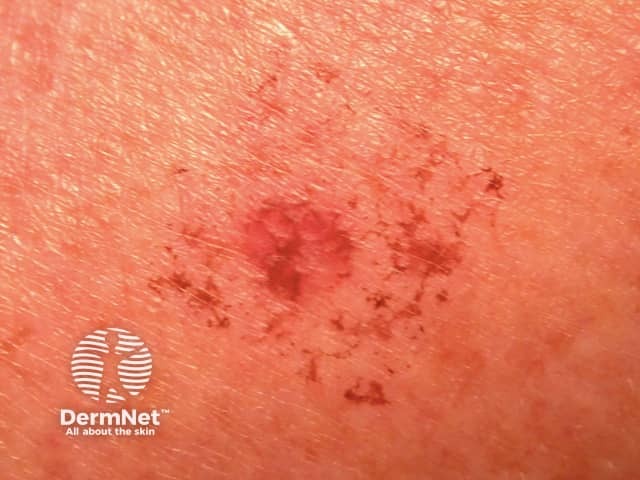Main menu
Common skin conditions

NEWS
Join DermNet PRO
Read more
Quick links
Introduction How it works IPL machines What the procedure involves Side-effects
Intense pulsed light (IPL) or flashlamp therapy is a non-invasive and non-ablative treatment that uses high-intensity pulses of visible light to improve the appearance of the following skin problems:
The procedure of rejuvenating aged skin is referred to as photorejuvenation and requires a series of IPL treatments.
IPL may also be helpful for mild to moderate acne and stretch marks.
IPL systems work on the same principles as lasers in that light energy is absorbed into particular target cells with colour (chromophores) in the skin. The light energy is converted to heat energy, which causes damage to the specific target area. IPL systems are different to lasers in that they deliver many wavelengths (or colours) in each pulse of light instead of just one wavelength. Most IPL systems use filters to refine the energy output for the treatment of certain areas. This enhances penetration without using excessive energy levels and enables targetting of specific chromophores (these are skin components that absorb light).
IPL therapy is considered a non-ablative resurfacing technique, which means that it targets the lower layers of skin (dermis) without affecting the top layers of skin (epidermis). The results are not as dramatic as ablative resurfacing where both the dermis and epidermis are injured to produce a much more noticeable overall outcome. The advantage of IPL therapy is its minimal downtime – a patient can often have the procedure done in their lunch break and return to work immediately afterwards.
There is a range of IPL machines including LumenisI® Quantum IPL® (the successor to PhotoDerm®), EpiLight® and Ellipse®. Individual machines may be specially designed to focus on certain problems but may not be equally effective.
Vascular lesions |
|
|
Pigmented lesions |
|
|
Hair removal |
|
|

Close-up

Dermoscopy
Prior to the procedure your specialist practitioner should explain the process to you and clearly define your expectations of the treatment. They should be able to tell you whether or not the results you are looking for will be achievable using this method. It is important that the correct diagnosis has been made by your doctor prior to treatment.
IPL treatments are normally straightforward. Make sure the technician has been properly trained and is experienced in IPL therapy.
Throughout the treatment session, the patient must wear protective eyewear. IPL treatments are relatively painless compared to other facial rejuvenation techniques. The sensation has been likened to a light pinch or the snap of a rubber band, but some people find it distressing.
Side effects of IPL are minor and include:

Hypopigmentation following IPL

Hypopigmentation following IPL